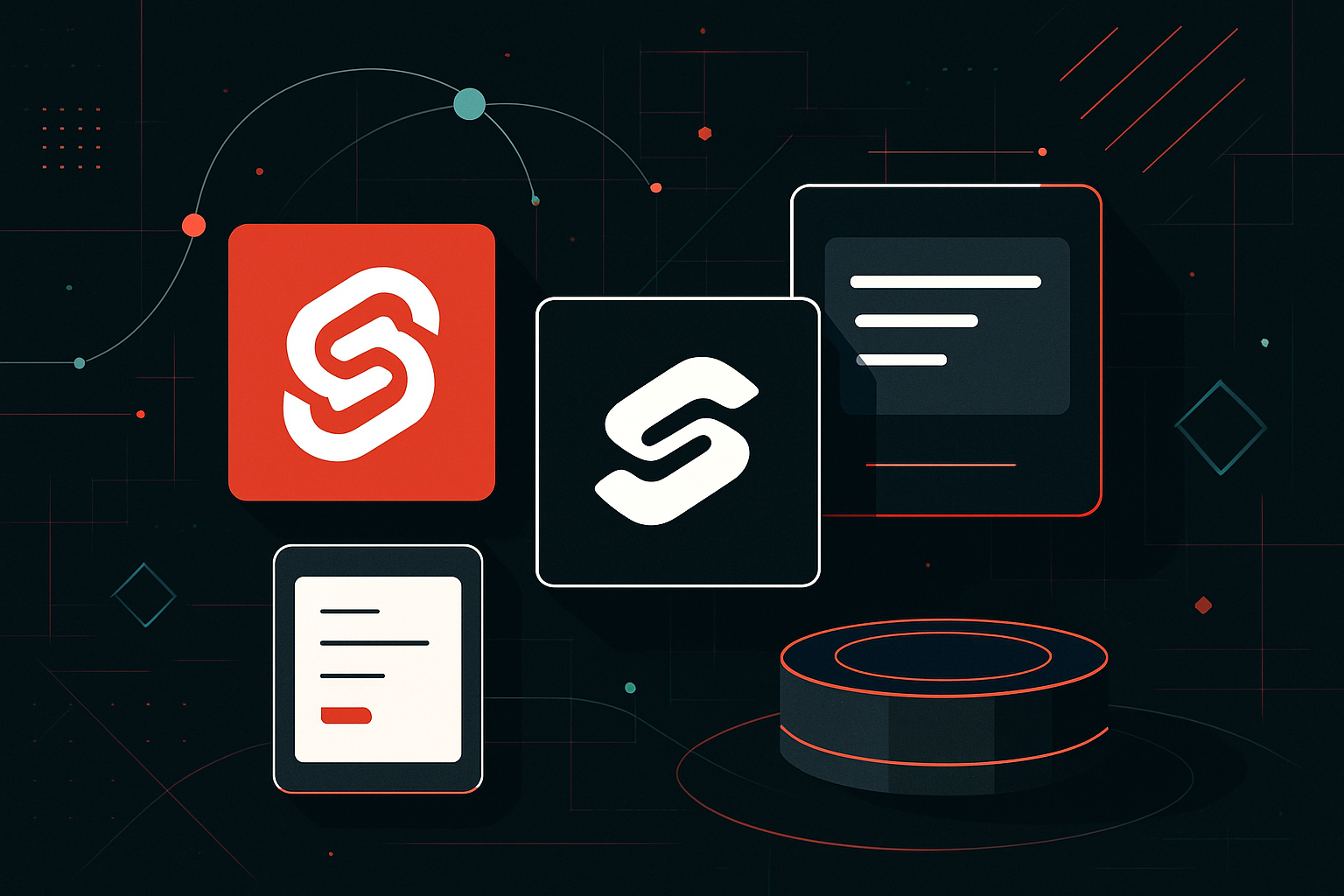Quantum Computing: How Close Are We?

Quantum Computing: How Close Are We?
Understanding Quantum Computing
Quantum computing leverages the principles of quantum mechanics to process information. Unlike classical computers that use bits (0 or 1), quantum computers use quantum bits or qubits, which can represent and store information in a superposition of states. This allows quantum computers to perform complex calculations much faster than classical computers.
Key Concepts
- Superposition: Qubits can exist in multiple states simultaneously, allowing for parallel computation.
- Entanglement: Qubits can be entangled, meaning the state of one qubit can depend on the state of another, even at large distances.
- Quantum Gates: Operations that change qubit states, analogous to classical logic gates but with quantum properties.
Current State of Quantum Computing
Quantum computing is still in the experimental stage but has seen significant advancements. Companies like IBM, Google, and D-Wave are leading the charge with different approaches.
Leading Technologies
| Company | Technology | Qubits Available | Approach |
|---|---|---|---|
| IBM | Superconducting | 127 | Quantum circuits |
| Superconducting | 72 | Quantum supremacy | |
| D-Wave | Quantum annealing | 5000+ | Optimization |
Practical Applications
Quantum computers have potential applications in several fields, including cryptography, optimization, and material science.
Cryptography
Quantum computers can break classical encryption algorithms like RSA by leveraging Shor’s algorithm, which efficiently factors large numbers.
Optimization
Quantum annealers, like those from D-Wave, solve complex optimization problems in logistics, finance, and machine learning.
Material Science
Quantum computers simulate molecular and atomic interactions, leading to breakthroughs in drug discovery and materials engineering.
Challenges and Limitations
Quantum computing faces significant challenges that hinder its practical use.
Decoherence
Qubits lose their quantum state through interactions with the environment, leading to errors in computation. Error correction and isolation techniques are crucial for reliable operations.
Scalability
Building a quantum computer with millions of qubits is necessary for solving real-world problems, but scaling up is difficult due to technical constraints and error rates.
Cost
Quantum computing infrastructure is expensive, requiring advanced cooling systems and specialized environments.
Recent Developments
Quantum Supremacy
In 2019, Google claimed quantum supremacy with its Sycamore processor, completing a specific task faster than a classical supercomputer. However, this task had limited practical value.
Quantum Error Correction
Progress in error correction techniques, such as surface codes, is essential for building fault-tolerant quantum computers.
Getting Started with Quantum Computing
For those interested in exploring quantum computing, several platforms and programming languages are available.
Tools and Platforms
- IBM Quantum Experience: Offers cloud access to IBM’s quantum processors with a user-friendly interface.
- Qiskit: An open-source quantum computing framework for writing and executing quantum algorithms.
from qiskit import QuantumCircuit, transpile, Aer, execute
# Create a Quantum Circuit with 2 qubits
qc = QuantumCircuit(2)
# Add a H gate on qubit 0
qc.h(0)
# Add a CX (CNOT) gate on control qubit 0 and target qubit 1
qc.cx(0, 1)
# Draw the circuit
print(qc.draw())
# Simulate the quantum circuit
simulator = Aer.get_backend('aer_simulator')
compiled_circuit = transpile(qc, simulator)
job = execute(compiled_circuit, simulator)
result = job.result()
# Print the result
print(result.get_counts())
Educational Resources
- Quantum Computing for Everyone by Chris Bernhardt: A book that explains quantum computing principles in an accessible manner.
- Coursera’s Quantum Computing Courses: Online courses from universities and tech companies offer foundational knowledge.
Future Prospects
Quantum computing is advancing rapidly, with potential breakthroughs expected in the next decade. While practical, large-scale quantum computers are not yet available, ongoing research and development continue to push the boundaries of what’s possible.
By understanding the current state, challenges, and tools available, individuals and organizations can prepare for the impact quantum computing will have on technology and industry.





0 thoughts on “Quantum Computing: How Close Are We?”